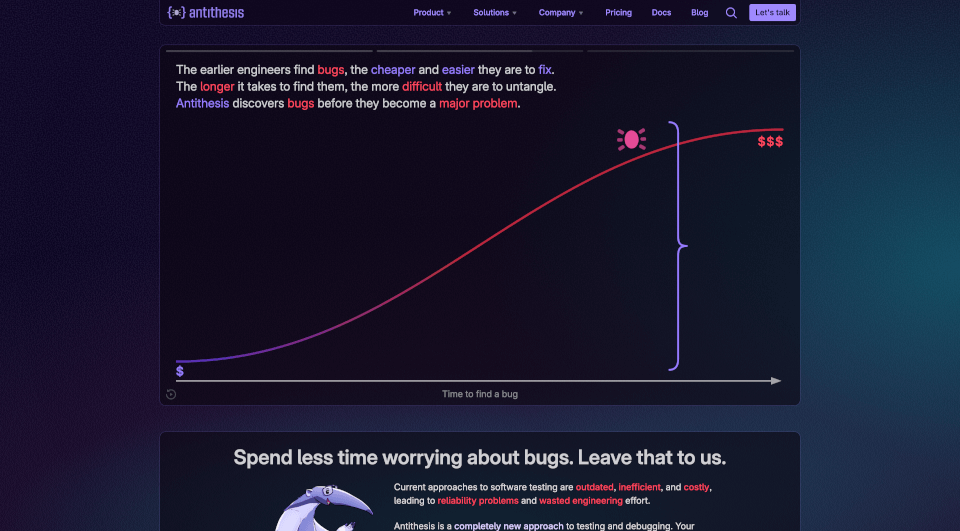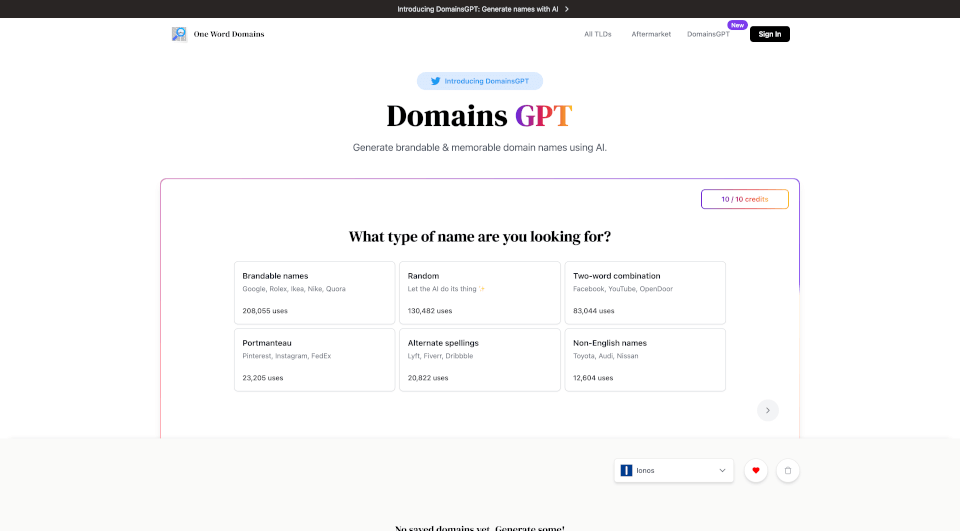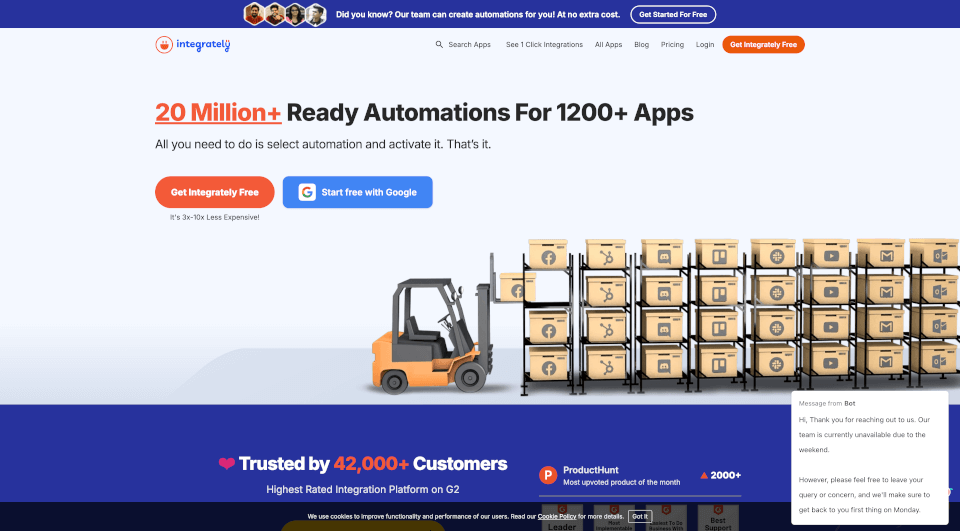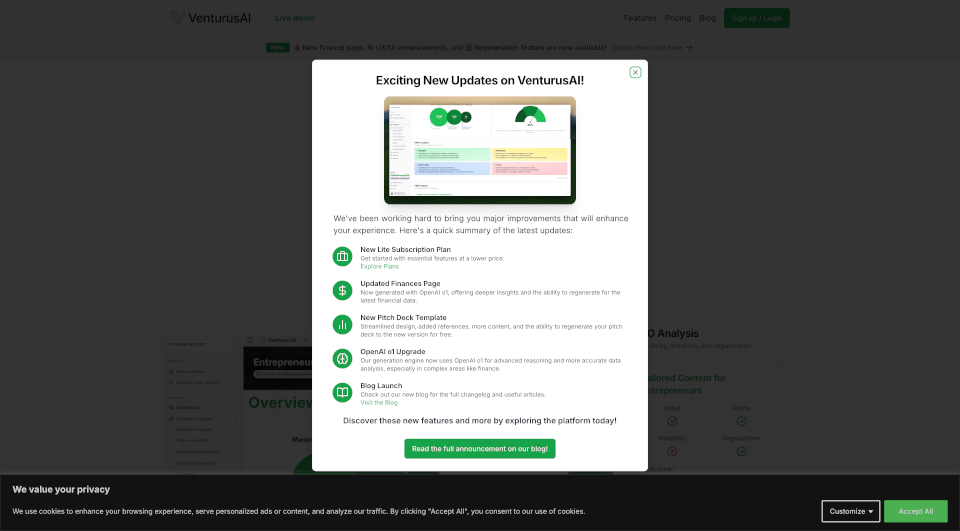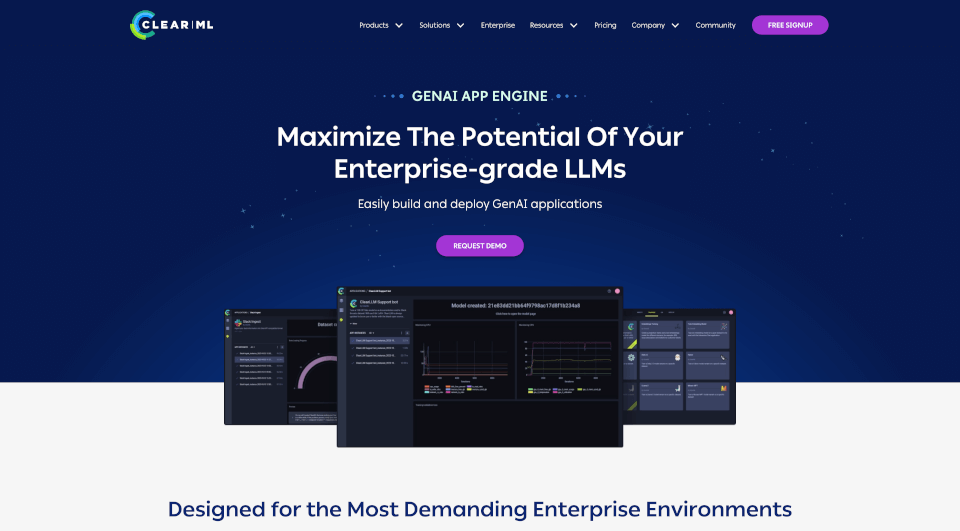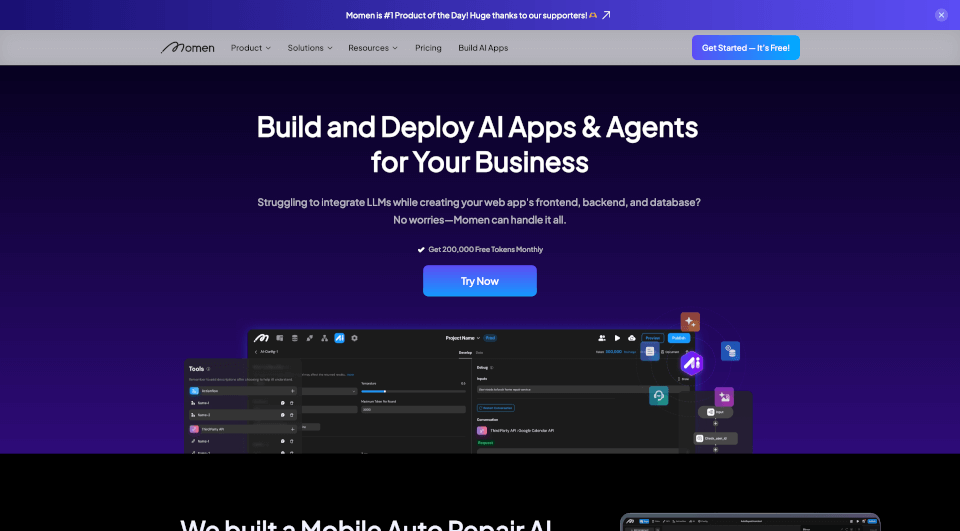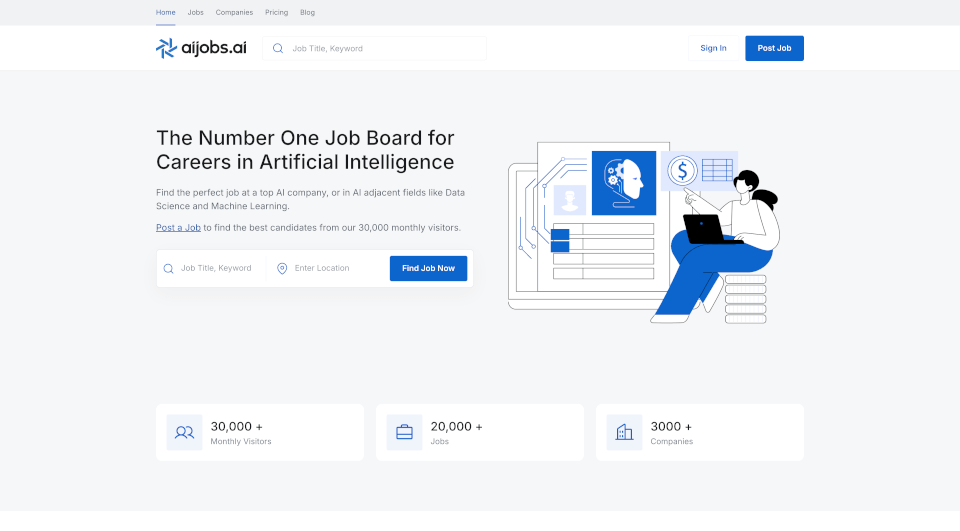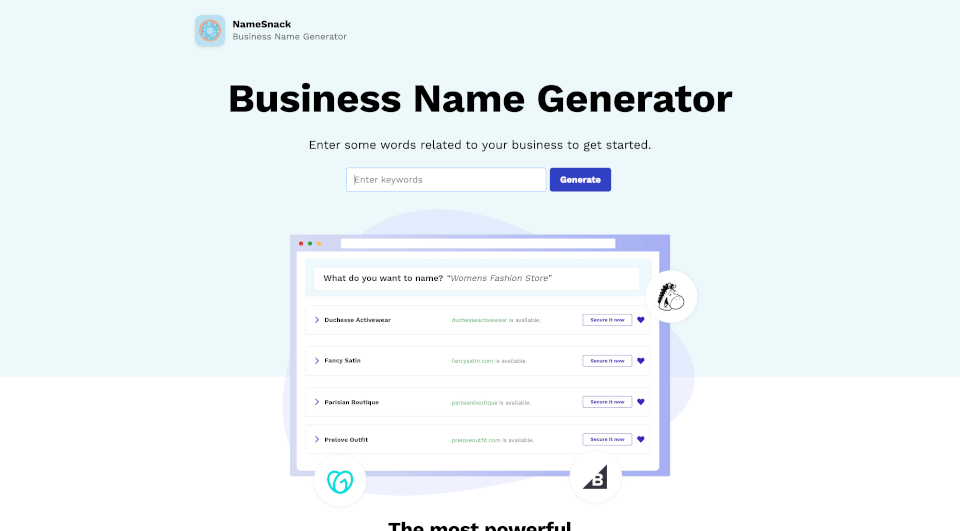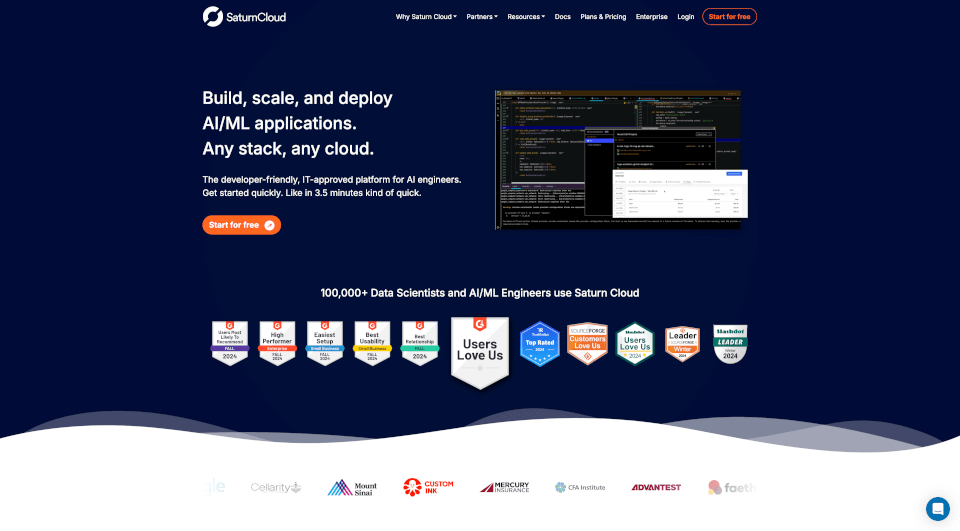What is Antithesis?
Antithesis is a cutting-edge platform designed for autonomous software testing, ensuring your applications are free of bugs and errors before they reach your users. By leveraging advanced techniques in simulation and fault injection, Antithesis transforms the way software quality assurance is approached, freeing your engineering team from the burden of manual testing while enhancing software reliability.
What are the features of Antithesis?
-
Continuous Testing: Antithesis autonomously tests your software as developers push code, detecting unintended behavior in real-time. It runs tests under various conditions to replicate potential issues, ensuring that bugs are caught early in the development cycle.
-
Deterministic Environments: Every test is conducted within a fully deterministic simulated environment, providing perfect reproducibility. This allows engineers to revisit and debug any bug found efficiently, leading to effective resolution.
-
Fault Injection Techniques: Antithesis injects various faults (like network retries, thread hangs, and node restarts) to observe how the software behaves under distress, which reveals many hidden bugs that standard unit tests might miss.
-
Complex Issue Debugging: With superior debugging tools, engineers can rewind time from a bug's occurrence, change inputs, and explore counterfactual histories to understand deeply how and why the bug appeared.
-
Property Testing Integration: The platform supports property-based testing by allowing users to define high-level properties specific to their software, enhancing the breadth of testing.
What are the characteristics of Antithesis?
-
User-Friendly Interface: Designed to integrate seamlessly into existing workflows, the interface is intuitive, allowing developers to focus on coding rather than getting bogged down in testing processes.
-
Comprehensive Reporting: After each test cycle, Antithesis generates detailed reports that highlight bugs found, categorizing them for easy interpretation, useful for stakeholders at all levels.
-
Automated Updates: The testing model auto-adapts to changes in the software, eliminating the need for constant test maintenance or updates, thus saving valuable development resources.
-
Cost Efficiency: By reducing the time spent on testing and bug fixes, Antithesis enhances productivity and allows engineering teams to channel their efforts into more strategic development tasks.
What are the use cases of Antithesis?
Antithesis is versatile and can be used in various development environments, including:
-
Distributed Systems: Perfect for testing complex applications such as microservices architecture, where interactions between services can lead to unexpected behaviors.
-
Blockchain Projects: Helps blockchain developers identify rare bugs in a decentralized system where transactions can depend heavily on various states and network conditions.
-
Cloud Applications: Providers deploying applications in cloud platforms can utilize Antithesis to ensure that their services remain reliable under fluctuating network conditions and load.
-
Legacy System Migrations: Organizations transitioning from legacy systems to modern architectures can benefit from Antithesis’s ability to validate that new integrations function correctly without introducing bugs.
How to use Antithesis?
- Setup: Integrate Antithesis with your existing CI/CD pipeline to start testing early in the development process.
- Configuration: Define the parameters for testing, including the specific properties you wish to validate against.
- Execution: Once set up, simply push new code. Antithesis will automatically initiate testing providing real-time feedback.
- Analysis: Review the generated reports to assess the health of the application and prioritize fixes for any identified bugs.
- Iterate: Modify the code based on test results, and continuously repeat testing to maintain software quality across releases.
